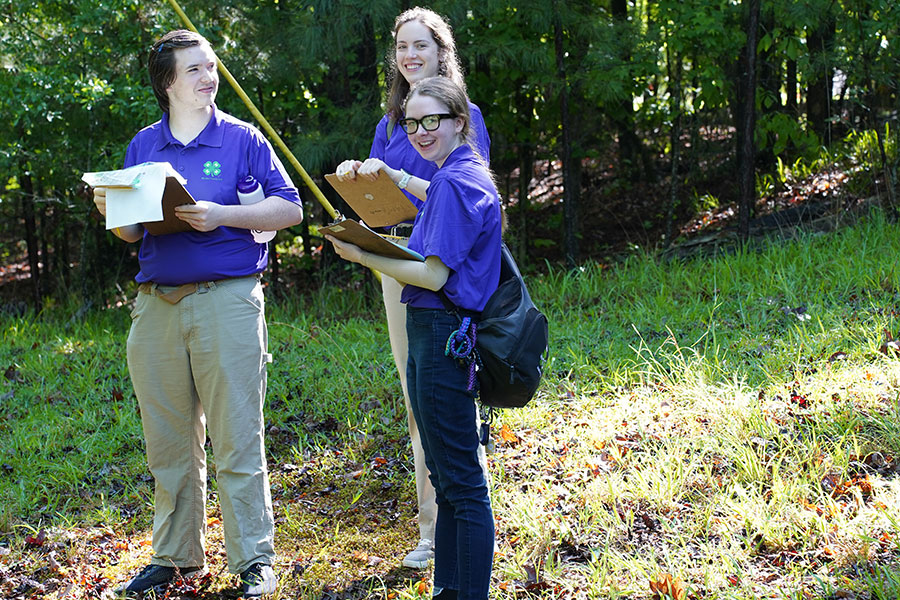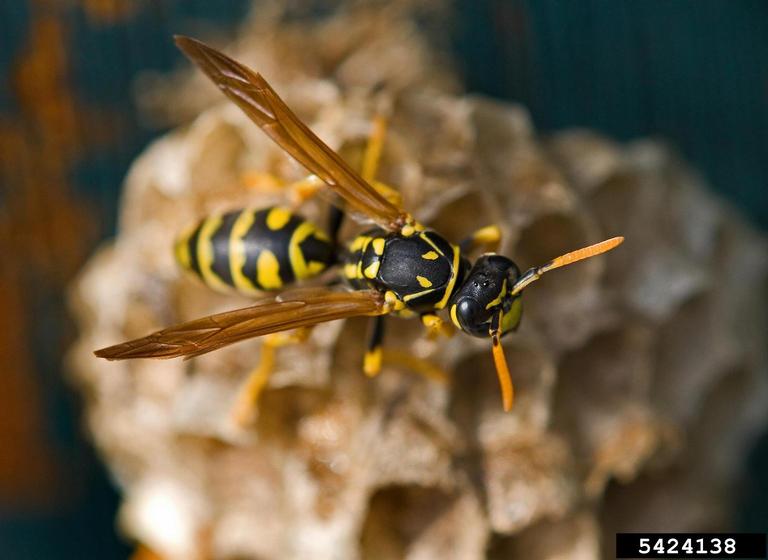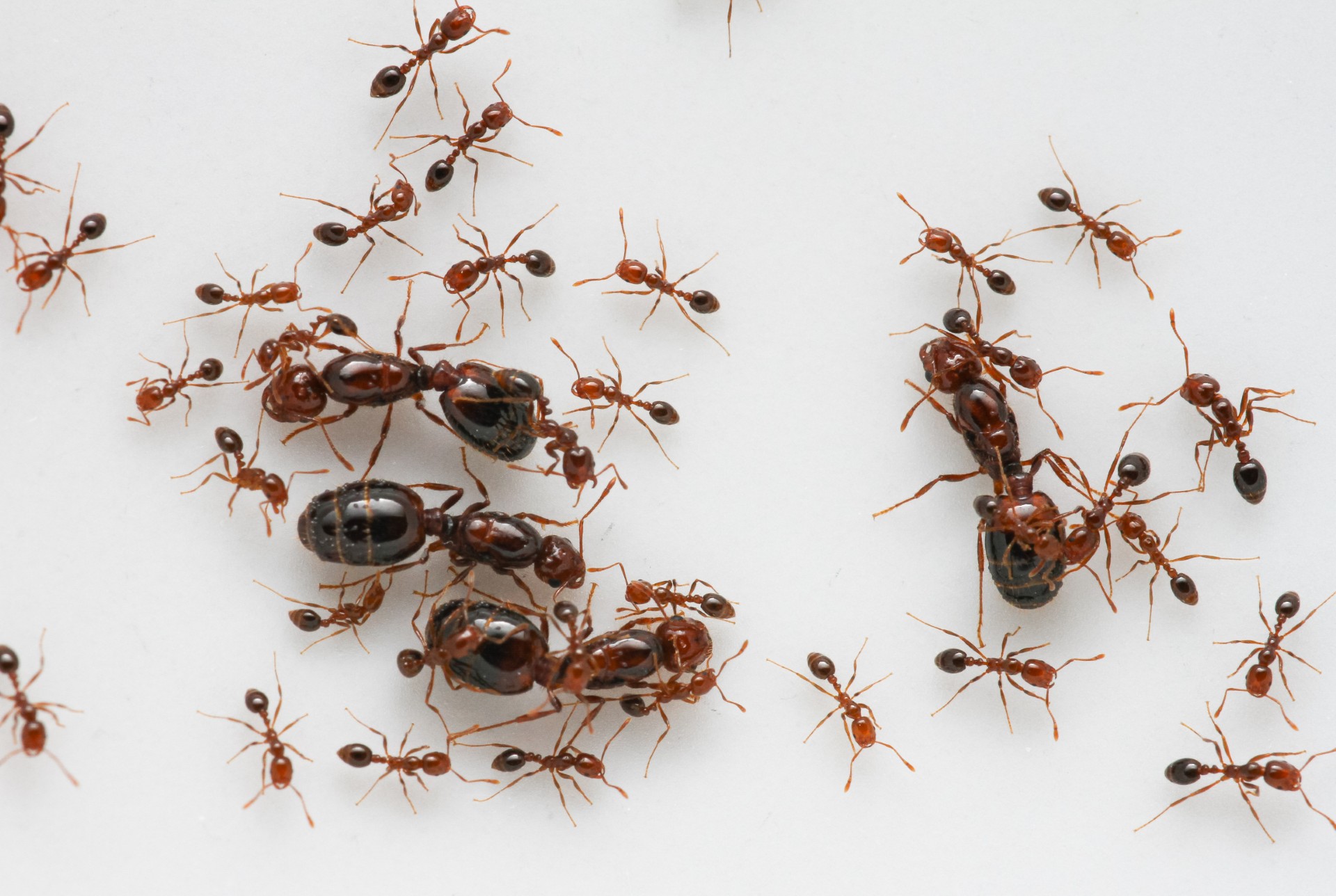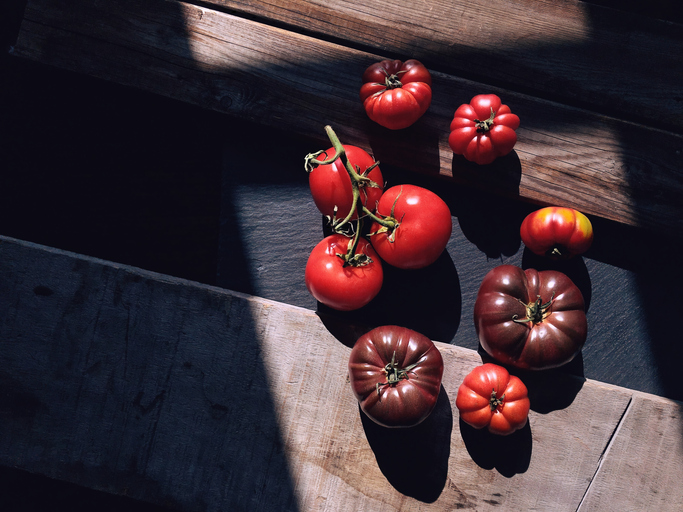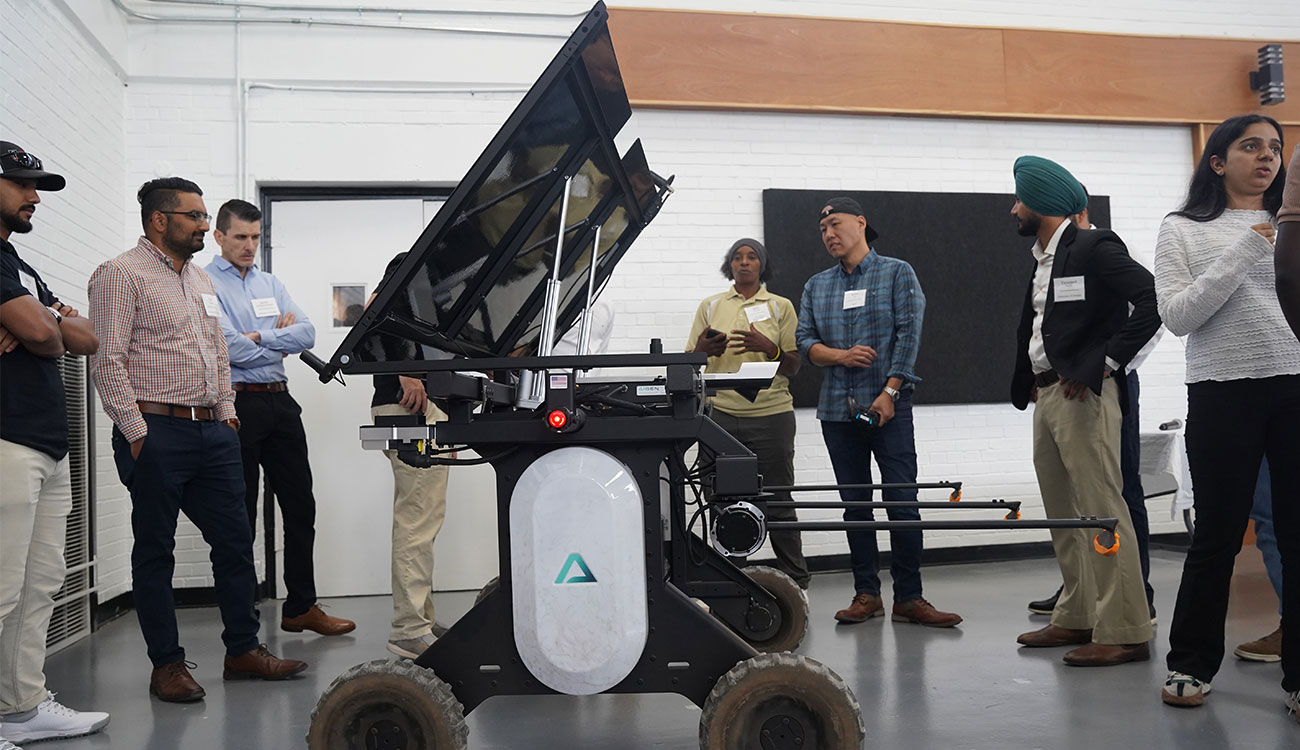By Paul A. Thomas
University of Georgia
Some people (0.4 percent of the population) have serious allergic reactions to bee stings. They're always concerned when they see any kind of bee.
Dozens of true bee species are in Georgia gardens. Most are small and rarely sting. Or if they do, their stings are mild. In 15 years of developing butterfly and hummingbird gardens, I've never been stung, nor have my active boys, despite being surrounded by bees nine months of the year.
The bad guy
Most insect stings, though, aren't from bumblebees or even honeybees. The No. 1 culprit is the yellow jacket.These ground-dwelling wasps are fairly aggressive scavengers. They're attracted to anything sweet or rotting. You can be in a 100-acre lawn with no flowers and still be stung by yellow jackets.
Even then, these insects are only reacting to perceived threats to their nests when they sting. They're not out to get you.
Honeybees and bumblebees definitely have better things to do than search you out. Following a few commonsense rules will keep your chances of being stung in the garden tiny.
Sting prevention
Strong perfumes, for instance, may attract defensive insects if you're near their nests. Sometimes what you eat for breakfast can attract a bee. The odor of banana, for example, mimics an alarm chemical honeybees use to alert nest-mates to danger.In the garden, keep three things in mind.
- Move slowly, especially near flowers bees are feeding on.
- Watch your hands. If you brush a bee off a flower, it may instinctively cling to you. If you do nothing, it will almost always fly off. This may require a minute or so of bravery. If it stays on your shirt or skin, a slow brushing-off will usually do the trick. Never try to hit, swat or pick off the bee.
- Never go into a garden or lawn with bare feet. Stepping on a honeybee in the clover is a common way to get stung.
Where the 'bees' are
Watch for insect nests, too. Bumblebees and yellow jackets rear their young in shallow underground nests. Bumblebees prefer grassy areas at the edge of woods or near large rocks. Yellow jackets seem to like soft soil in the sun but protected by grass or other small plants.Look for insects flying back and forth in the same direction near the ground. That's almost always a sign that a colony is nearby.
You can grow plants that don't attract stinging insects, too. Whatever attracts hummingbirds and butterflies will attract scads of bees. But don't mow off the butterfly garden yet.
Many of the most attractive plants are natives. Joe Pye weed, for instance, attracts wasps and yellow jackets like a magnet. Monarda, Echinacea and even azaleas attract bees.
Many ornamental imports lure bees, too. Good examples are abelia bushes, chaste trees (Vitex), butterfly bushes (Buddleia), hybrid azaleas, and perennials and annuals such as Mexican sunflowers (Tithonia), salvias, snapdragons, sedums and phlox.
The 'wrong stuff' to bees
Plants that don't attract bees are less common. They include cultivars of dianthus, geraniums, chrysanthemums, marigolds, strawflowers, some zinnias and many roses.We don't yet have a long list of plants that don't attract bees. Much more research needs to be done. After a large University of Georgia student project this summer, we hope to publish an extensive list of garden plants that don't attract bees or wasps this fall.
You can help us out. Spend some time in the garden and send your observations to Paul Thomas at pathomas@uga.edu. Let us know what plants bees don't seem to visit. We'll add them to the list to be evaluated.
In the meantime, enjoy the bees.
(Paul Thomas is an Extension Service horticulturist with the University of Georgia College of Agricultural and Environmental Sciences. CAES entomologist Keith Delaplane also contributed to this article.)

